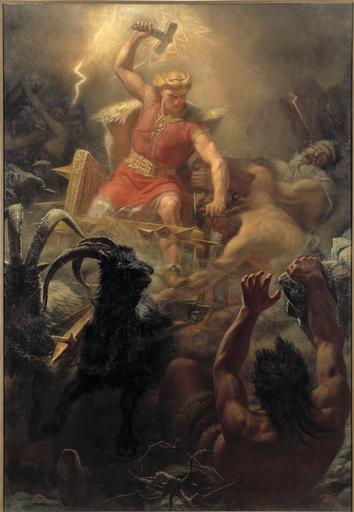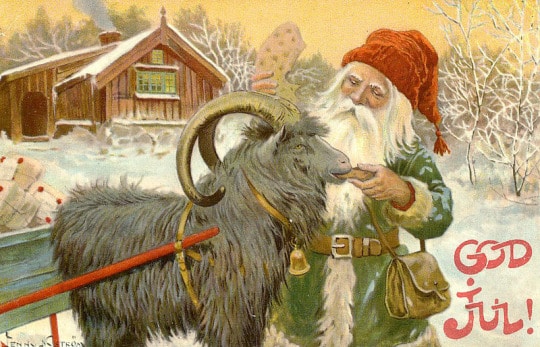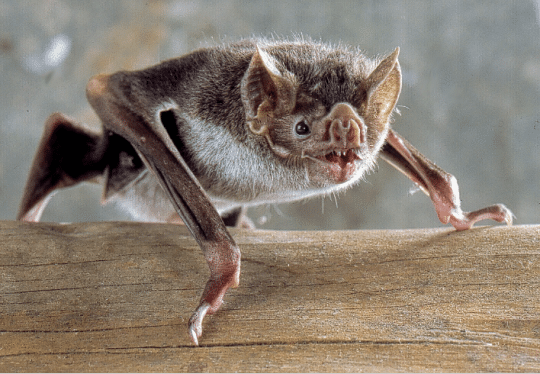
Contrary to the pervasive myth that is revived for public amusement every February 2, groundhogs are not able to predict the approach of an early spring. If these large members of the squirrel family possess a notable skill, it’s in the field of excavation. The image above was created to provide a hint of the remarkable subterranean earthworks groundhogs construct in suitable habitat.
For the species known scientifically as Marmota monax, and whose common names include woodchuck and whistle pig, burrow digging is a solo effort. For a greater part of the year, burrow occupancy is limited to one groundhog per unit. Exceptions occur when males visit the burrows of females during a late winter breeding season, and consequently, following a 32-day gestation period, when females give birth to four to six kits. After approximately a dozen weeks of rapid development, these young disperse from their maternal burrow to dig their own lodging.
Groundhogs excavate a complex, multi-chambered burrow system in which the total length of tunnels can measure up to 65 feet. When digging a burrow groundhogs use their powerful short front legs, which are tipped with sturdy claws, to loosen soil and rocks. Loosened materials are then moved, by mouth, and deposited on the surface at the main entrance. The groundhog depicted in the illustration is standing on a distinctive subsoil-covered mound of excavated material. In a research study where several entrance mounds were removed and their soil and rock contents weighed, the average weight of these animal-built features was 275 pounds.
Typically, burrows include as many as four additional entrances, all unmarked by tell-tale signs of soil disturbance because groundhogs excavate these features from below the surface. Although the ankle-turning potential of these hidden holes is enough for some people to regret having groundhogs as neighbors, there are under-appreciated benefits to tolerating some patches of burrow-riddled property. On the coldest winter days and nights, the upper portions of groundhog burrows provide shelter to other forms of wildlife while the burrow’s owner, curled in a grass-lined chamber, remains suspended in a hibernation state a few feet below. Cottontail rabbits, for example are common squatters.
Patrick McShea works in the Education and Visitor Experience department of Carnegie Museum of Natural History. Museum employees are encouraged to blog about their unique experiences and knowledge gained from working at the museum.

















